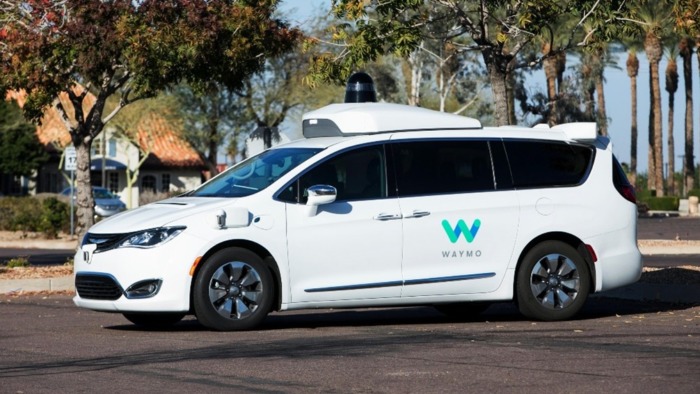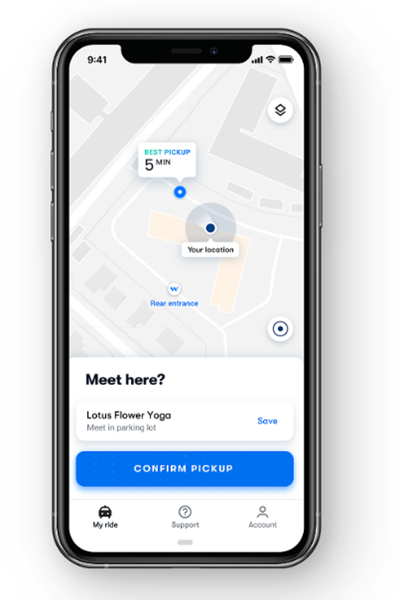Imagine yourself unable to see well enough to drive and how that would change your life. Autonomous vehicles have the potential to help people with disabilities get where they need to go safely and efficiently. And that includes the 1.3 million Americans who are legally blind. Waymo is a company that uses this type of technology to give people the freedom to go where they want, when they want, without any hassle.

Waymo’s quest for a highly-accessible, self-driving ride was no easy challenge. Almost a decade ago, Waymo started the journey to provide an easy way for people to travel.
Waymo One
For example, the company’s latest milestone is Waymo One — a fully-autonomous, rider-only service offered to members of the public in the East Valley of Phoenix, Arizona. This tool ensures all riders, including those with disabilities, can enjoy safe, comfortable and convenient rides in Waymo’s driverless service.

With Waymo One, the vision is to have no human driver in the front seat. With the push of a button, a Rider Support agent will be there anytime for questions or assistance. Each vehicle has plenty of room to relax and is meticulously cleaned and maintained daily. Therefore, you know exactly what kind of experience you are getting each time.
Waymo is working closely with the Foundation for Blind Children in Phoenix and The Lighthouse for the Blind in San Francisco to get feedback on Waymo One and make any updates needed to assist the blind community. In addition, Waymo worked with adult members of the Foundation for Blind Children for feedback on the mobile app. It can summon a Waymo taxi by using the way-finding mechanism of honking the taxi’s horn through the app. Moreover, this AI technology will continue to influence assistive technology and accessibility in the years ahead.
Building Solutions for Everyone
Clement Write is the product manager responsible for Waymo’s user experience and accessibility efforts. When asked about working with local organizations to get feedback on the product, he said, “We’ve seen that a feature built to help a specific group of people, the visually impaired for example, is actually very helpful for the rest of our rider base as well. This has led us to a broader focus on inclusive design. We are looking at specific rider’s needs to understand key challenges, and then building solutions that help everyone.”
In conclusion, the Waymo team started on this journey over a decade ago to make it safer and easier for people to get where they’re going. Today, anyone in the U.S. can download the Waymo app directly (available on Google Play and the App Store) and instantly hail a fully-autonomous ride in Waymo’s service territory. To learn more about Waymo, visit: https://waymo.com/.

Alright, folks, let’s talk cars. Specifically, my next car. See, I’m at a crossroads. Part of me, the sensible part, screams for a reliable workhorse. Something that sips fuel like a teetotaler at a wine tasting. But then there’s the other part…the part that remembers the thrill of opening up on an open road, engine roaring like a caffeinated lion. Decisions, decisions. Maybe a sleek little number with surprising pep? I’ve been poking around online, and sites like https://carplus.co.uk/ have me wondering if leasing might be the way to go. Allows for a bit more flexibility to try something fun, right? Stay tuned as I delve deeper into this automotive conundrum!